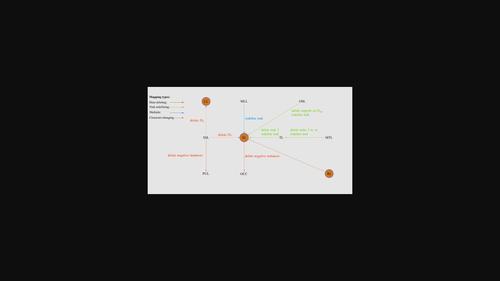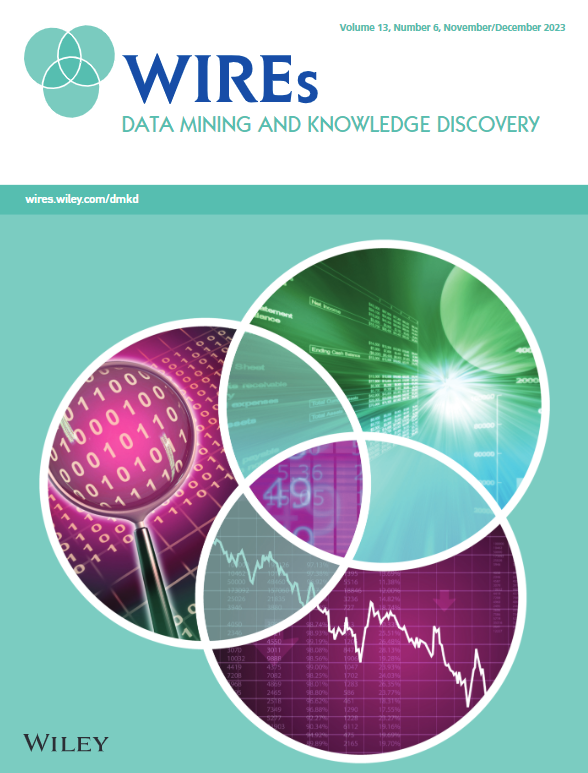Taxonomy of machine learning paradigms: A data‐centric perspective
IF 11.7
2区 计算机科学
Q1 COMPUTER SCIENCE, ARTIFICIAL INTELLIGENCE
Wiley Interdisciplinary Reviews-Data Mining and Knowledge Discovery
Pub Date : 2022-06-03
DOI:10.1002/widm.1470
引用次数: 10
Abstract
Machine learning is a field composed of various pillars. Traditionally, supervised learning (SL), unsupervised learning (UL), and reinforcement learning (RL) are the dominating learning paradigms that inspired the field since the 1950s. Based on these, thousands of different methods have been developed during the last seven decades used in nearly all application domains. However, recently, other learning paradigms are gaining momentum which complement and extend the above learning paradigms significantly. These are multi‐label learning (MLL), semi‐supervised learning (SSL), one‐class classification (OCC), positive‐unlabeled learning (PUL), transfer learning (TL), multi‐task learning (MTL), and one‐shot learning (OSL). The purpose of this article is a systematic discussion of these modern learning paradigms and their connection to the traditional ones. We discuss each of the learning paradigms formally by defining key constituents and paying particular attention to the data requirements for allowing an easy connection to applications. That means, we assume a data‐driven perspective. This perspective will also allow a systematic identification of relations between the individual learning paradigms in the form of a learning‐paradigm graph (LP‐graph). Overall, the LP‐graph establishes a taxonomy among 10 different learning paradigms.

机器学习范式的分类:以数据为中心的视角
机器学习是一个由各种支柱组成的领域。传统上,监督学习(SL)、无监督学习(UL)和强化学习(RL)是20世纪50年代以来启发该领域的主要学习范式。基于这些,在过去的七十年中,已经开发了数千种不同的方法,用于几乎所有的应用领域。然而,最近,其他学习范式正在获得动力,它们对上述学习范式进行了显著的补充和扩展。它们是多标签学习(MLL)、半监督学习(SSL)、单类分类(OCC)、正无标签学习(PUL)、迁移学习(TL)、多任务学习(MTL)和单次学习(OSL)。本文的目的是系统地讨论这些现代学习范式及其与传统学习范式的联系。我们通过定义关键组成部分来正式讨论每个学习范例,并特别关注允许轻松连接到应用程序的数据需求。这意味着,我们假设一个数据驱动的视角。这一视角也将允许以学习范式图(LP - graph)的形式系统地识别个体学习范式之间的关系。总体而言,LP - graph建立了10种不同学习范式的分类。
本文章由计算机程序翻译,如有差异,请以英文原文为准。
求助全文
约1分钟内获得全文
求助全文
来源期刊

Wiley Interdisciplinary Reviews-Data Mining and Knowledge Discovery
COMPUTER SCIENCE, ARTIFICIAL INTELLIGENCE-COMPUTER SCIENCE, THEORY & METHODS
CiteScore
22.70
自引率
2.60%
发文量
39
审稿时长
>12 weeks
期刊介绍:
The goals of Wiley Interdisciplinary Reviews-Data Mining and Knowledge Discovery (WIREs DMKD) are multifaceted. Firstly, the journal aims to provide a comprehensive overview of the current state of data mining and knowledge discovery by featuring ongoing reviews authored by leading researchers. Secondly, it seeks to highlight the interdisciplinary nature of the field by presenting articles from diverse perspectives, covering various application areas such as technology, business, healthcare, education, government, society, and culture. Thirdly, WIREs DMKD endeavors to keep pace with the rapid advancements in data mining and knowledge discovery through regular content updates. Lastly, the journal strives to promote active engagement in the field by presenting its accomplishments and challenges in an accessible manner to a broad audience. The content of WIREs DMKD is intended to benefit upper-level undergraduate and postgraduate students, teaching and research professors in academic programs, as well as scientists and research managers in industry.
 求助内容:
求助内容: 应助结果提醒方式:
应助结果提醒方式:


